inclusive design is a usefull tool that created by full-service design and business strategy firm Studio Analogous, New York (http://studioanalogous.com), a woman-owned firm with a diverse staff and special focus on inclusion.
The firm has just created their first set of “Designing for Everyone” cards, containing advice for how art directors and designers can create inclusive analog and digital communications that more effectively reach the sizable percentage of vision or hearing impaired customers who they are currently missing.
The cards provide inclusive design recommendations for color blindness (color palettes), poor vision (screen magnifiers), blindness (Braille alphabet) and hearing impairment (sign language).
The bottom line potential of inclusive design is substantial for brands.
For example, an estimated 8% of men experience color blindness and struggle to understand traditional ads and marketing materials designed for the masses. The cards show how brands can more effectively reach this sizable consumer segment with inclusive communications materials and web interfaces that avoid certain color combinations, use both color and symbols, utilize a reduced color palette and include both textures and patterns (along with color) for data visualization.
Adding inclusive design does more that simply cater to users who wouldn’t have access to a brand’s product or services, it also improves the experience for the general public.
Two examples of how brands have benefited:
- Virgin.com increased online sales by 60% after adding accessibility features to its website.
- UK retailer Tesco had two websites, one for the general public and one that was accessible. In a short amount of time, the vast majority of customers preferred the accessible site and store closed down their original “general” site.
The Business Case for Inclusion: How Brands Are Leaving Out 20% of Their Market.
Fanny Krivoy, Studio Analogous founder/creative director, and Joshua Goldberg, strategy director, are veterans of large agencies who built their own business over the past decade by taking a fresh focus: using inclusive strategy and design to grow a client’s bottom line by helping brands capture the underserved 20% of the market they are currently missing.
They’re experienced at identifying, understanding and reaching that underserved 20% of the market — a broad range of consumers based on gender, sexual orientation, race, education level, the foreign born, disabled, aged, underbanked, medicaid beneficiaries and others — and can provide the big-picture business case for inclusion with examples of brand successes.
Studio Analogous helps clients become inclusion-ready by making them strategic, smarter and scaled for the brand’s entire business opportunity, not just for the 80% of the market they’re currently targeting.
The message is simple: being an inclusion-ready brand (http://inclusion-first.com/#cac) is not only the right thing to do, it’s the profitable one as well.
Samples of the “Designing for Everyone” cards are attached, other images in the Dropbox link above. I’d love to connect you with Fanny and Joshua, who can provide much more information on the business case for inclusion. Appreciate any coverage you can lend to this important and timely topic.

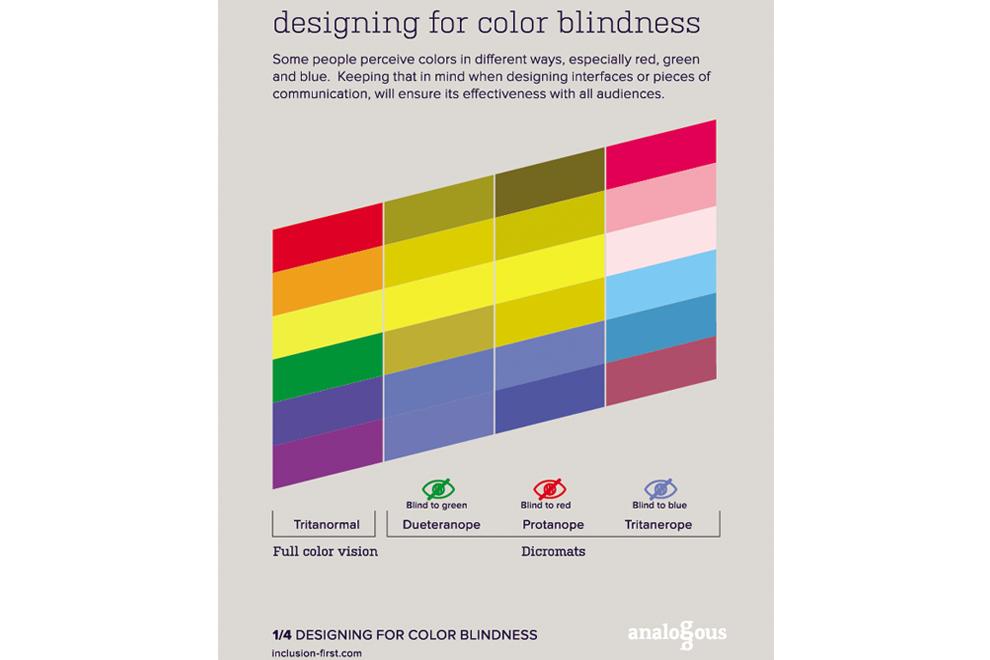
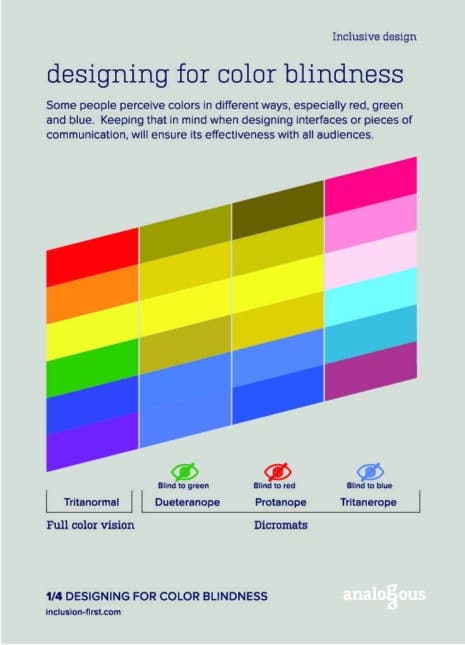
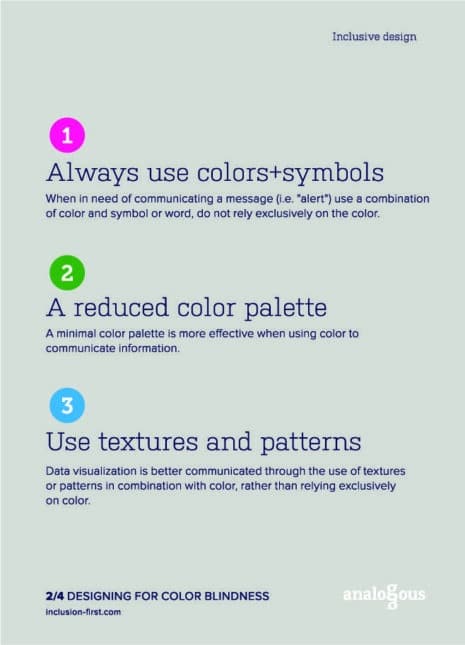
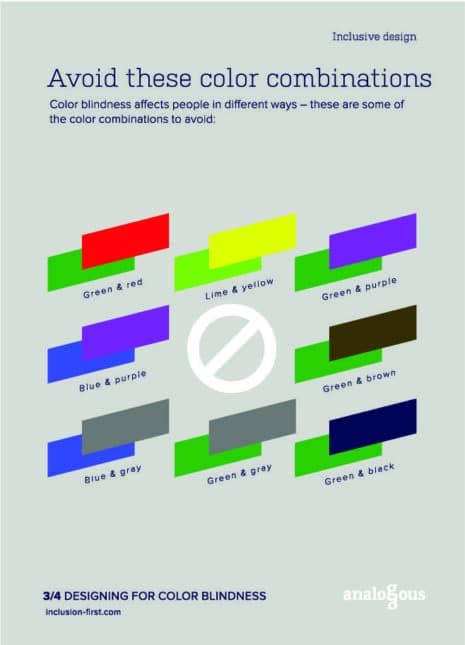
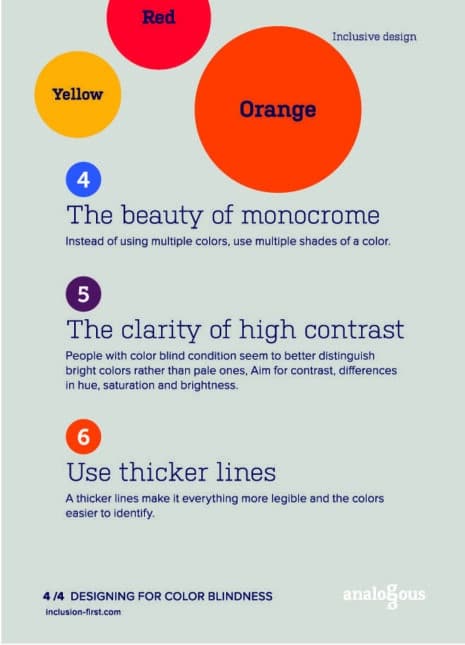


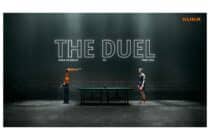

0 Kommentare